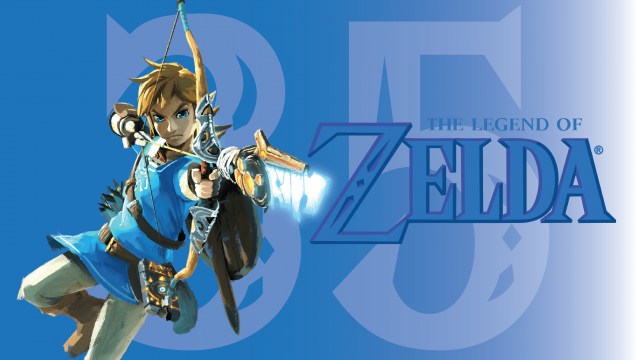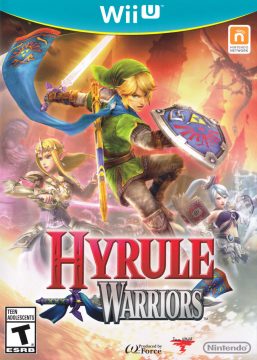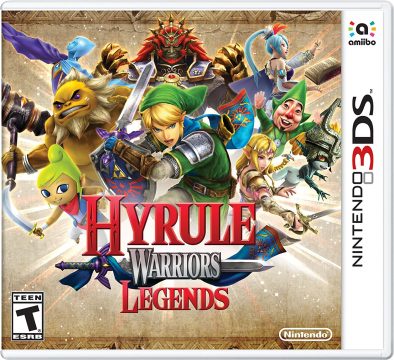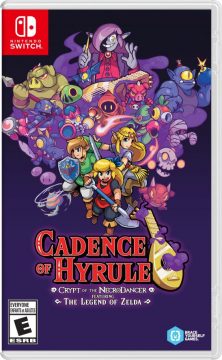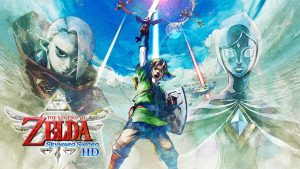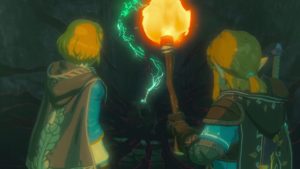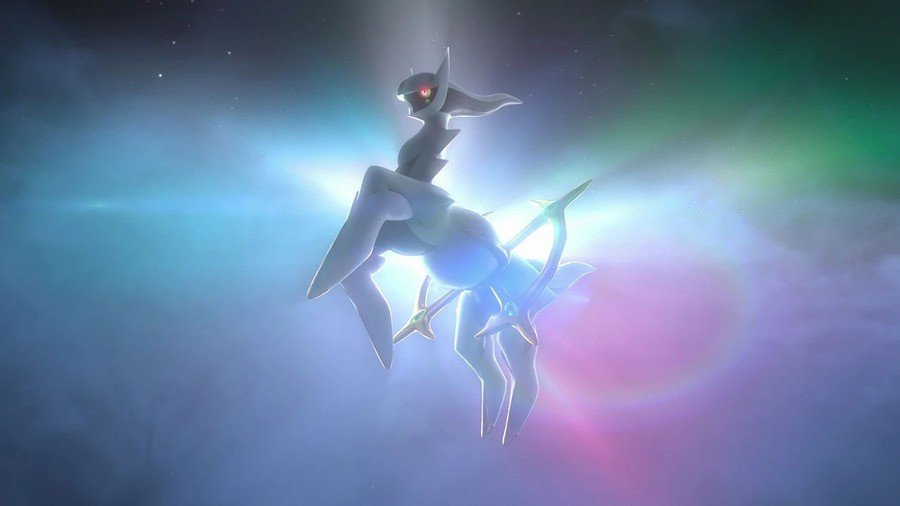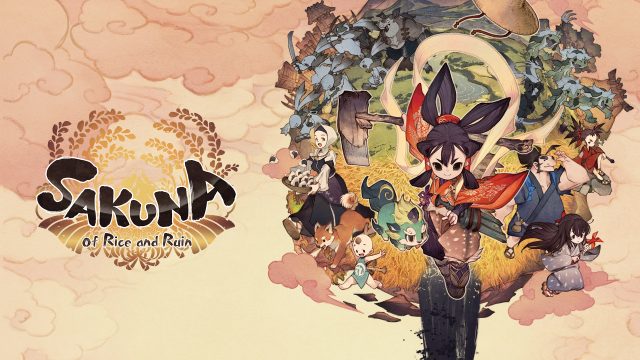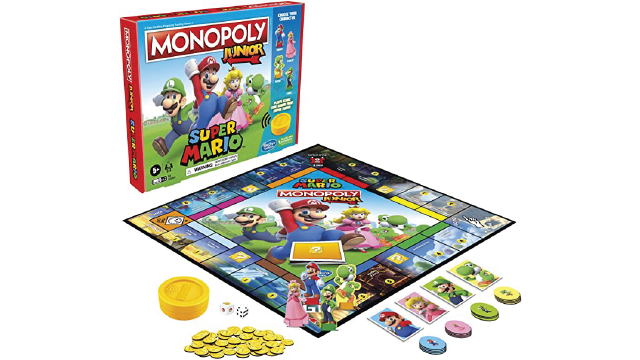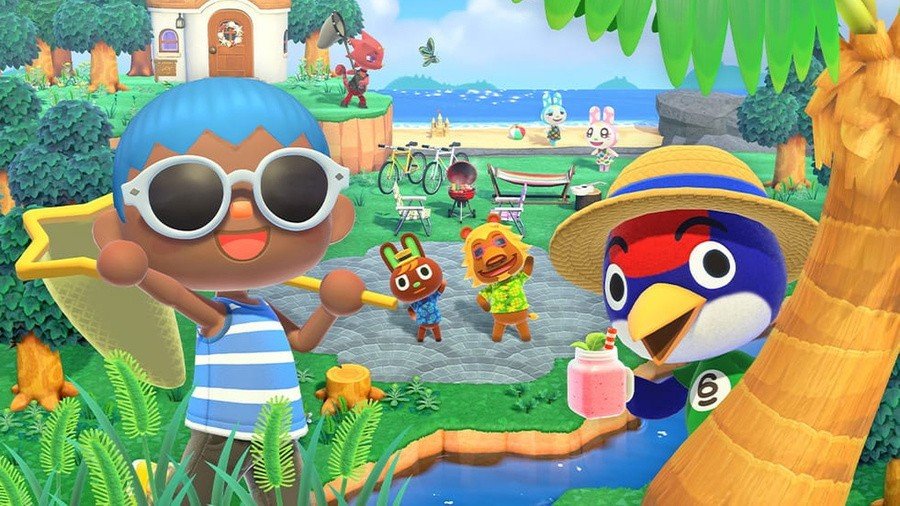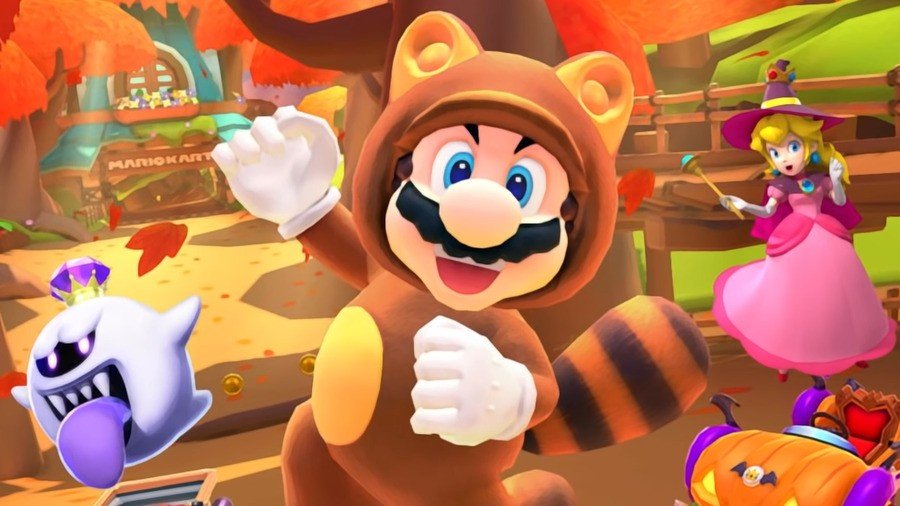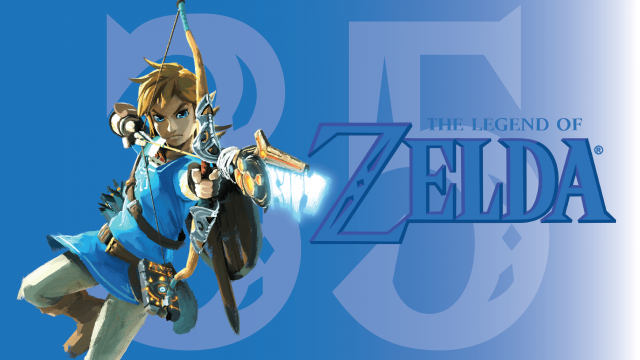
Part five of our Legend of Zelda retrospective is primed and ready for your reading enjoyment! In the last year, Nintendo has brought us yet more Zelda goodness, and the future continues to look bright for the venerable franchise. We close out our look at the Legend of Zelda with a bang!
Launched 2014 (Wii U)
Where Link’s Crossbow Training arguably suffered from a lack of ambition, Hyrule Warriors did not. The game took the heroes and villains of the Zelda universe and mixing them with the gameplay of Koei Tecmo’s Dynasty Warriors series. It was a polished brawler whose development team just seemed to “get” what fans wanted to see from the Zelda characters in a 3D action game like this. The battles were thrilling and over-the-top in the way that the best Dynasty Warriors games are. With tons of costumes and gear to unlock, Hyrule Warriors managed to be a spin-off that didn’t rest on its laurels. Instead, it took the Zelda series in a new direction and demonstrated that the brand is truly versatile and capable of handling multiple interpretations.
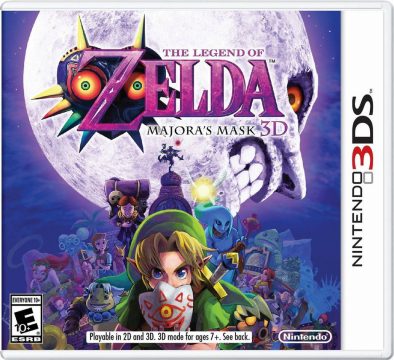
The Legend of Zelda: Majora’s Mask 3D
Launched 2015 (Nintendo 3DS)
When The Legend of Zelda: Ocarina of Time 3D dropped, the number one question on the mind of many a Zelda fan was, “When do we get Majora’s Mask 3D?” A fair question, as the thought of only remaking one of the two brilliant Nintendo 64 Zelda games was almost unbearable. The Legend of Zelda: Majora’s Mask 3D just had to become a reality, and in 2015 it did. Where Ocarina of Time 3D only made a handful of small tweaks, though, this particular remake was more assertive about making nips and tucks. The gameplay was essentially untouched, but the save system was overhauled (for a third time, actually—the original Japanese version of Majora’s Mask on N64 didn’t even have Owl Statues), with additional save points incorporated and some rearranged in order to make the game more player-friendly. Boss battles were also tweaked in order to better convey the weak points of the big baddies. The game also took advantage of New Nintendo 3DS’s C-Stick, allowing for full 360 degree camera control that wasn’t available on standard 3DS systems (nor the original N64 version of the game). Like Ocarina of Time 3D, Majora’s Mask 3D also offered stunning new graphics that rounded out one superb package of a game.
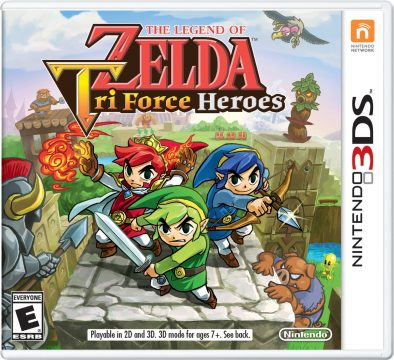
The Legend of Zelda: Tri Force Heroes
Launched 2015 (Nintendo 3DS)
Tri Force Heroes has been polarizing to Zelda fans. On the one hand, there are those who have been thrilled by the game’s unique three-person multiplayer antics, which can be experienced both locally and online. On the other hand, there are fans who are completely unimpressed with said multiplayer modes, because they prefer a totally single-player Zelda game. Though Tri Force Heroes can be played alone, manually controlling the other two Links on the screen can tend to be more of a burden than it was when simultaneously handling three other heroes in Four Swords Adventures. Still, there’s no denying how sidesplittingly hilarious the game’s setup is, with a fashion-obsessed kingdom in need of saving and the ability to dress Link in some truly funny (and sometimes even cool) costumes. Built using the same game engine as A Link Between Worlds, Tri Force Heroes is also one pretty title to behold, too. Love it or hate it, Tri Force Heroes can’t be accused of resting on the series’ laurels, as it boldly attempted to break from tradition with its multiplayer-focused quest.
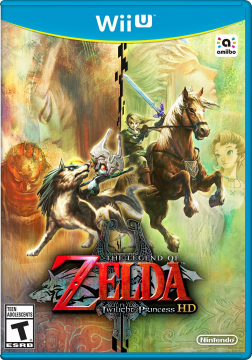
The Legend of Zelda: Twilight Princess HD
Launched 2016 (Wii U)
The Legend of Zelda: Twilight Princess HD was an extremely enticing proposition for Zelda fans. The beloved Twilight Princess, with its hype realistic graphics, dark storyline and aesthetic, and robust combat all in glorious high definition? It was a no-brainer to take the game and transition it into HD for Wii U much like Nintendo had already done with The Wind Waker HD, and that’s exactly what happened in 2016 when Twilight Princess HD launched on the console. Wii U’s GamePad afforded this version of Twilight Princess a new UI that, coupled with the option to play with a Pro Controller, meant players had a more refined way of interacting with the game. Amiibo functionality brought new challenges to the fore, and alongside Hero mode assured that this was the richest iteration of Twilight Princess in terms of content that has ever been released.
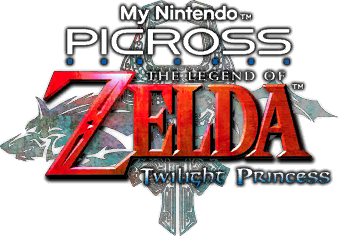
My Nintendo Picross—The Legend of Zelda: Twilight Princess
Launched 2016 (Nintendo 3DS eShop)
My Nintendo Picross: The Legend of Zelda: Twilight Princess is likely one of the least played games with a Zelda title since it cannot actually be purchased. It is only available to 3Ds owners and is only attainable by exchanging 1000 My Nintendo platinum coins. Coins that players had to save up from competing tasks and playing Nintendo’s free-to-play mobile games. The game was released in parallel to the Legend of Zelda: Twilight Princess HD launch and plays like any other Picross game. It contains a series of number focus puzzles which eventually have players creating an image. In this case, the overall visuals and all the puzzles fit with a Twilight Princess theme. Maybe a puzzle will uncover the Gale Boomerang or one of the monkeys? A nice added touch is the incorporation of sound effects from Twilight Princess into Picross, creating an overall very satisfying experience and a joy to Zelda and Picross fans.
—Achi Ikeda
Launched 2016 (Nintendo 3DS)
It was only a couple of years after the launch of Hyrule Warriors on Wii U that it was ported to Nintendo 3DS as Hyrule Warriors Legends. Essentially the same game as what had come before, this version had a couple of notable differences. Hyrule Warriors Legends took advantage of the upped processing power of New Nintendo 3DS, meaning fans who played on original 3DS hardware had a choppier experience. There were new characters added in, including the controversial Linkle, Skull Kid, Toon Link, and more. With an entire new chunk of gameplay to experience based on The Wind Waker, this portable take was arguably more engaging than the original on Wii U.
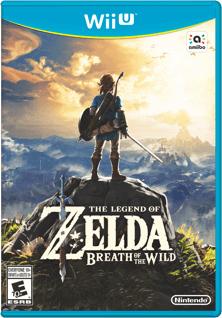
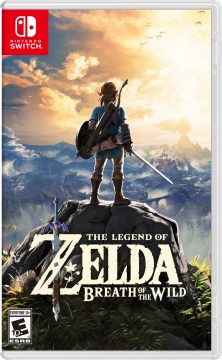
The Legend of Zelda: Breath of the Wild
Launched 2017 (Wii U & Nintendo Switch)
In 2015, four years after the last home console Zelda game, The Legend of Zelda: Breath of the Wild was delayed indefinitely. Originally intended to be a Wii U release, it was pushed all the way back to 2017, therefore turning it into a launch title for Switch. Was it worth the wait? Absolutely. Perfection can’t be forced. There’s no such thing as a “perfect game,” but Breath of the Wild sure comes as close as it gets. The game returns to the series’ free exploration roots but on a humongous map with a phenomenal physics engine. It’s easy to want to talk almost endlessly about how the fighting is fantastic, why the breaking weapon mechanic works so well, why climbing is a perfect addition, or how adventure games without paragliding feel so sluggish. There is so much the Breath of the Wild does great. The game is also proof that video games don’t need cinematic cut scenes, a cast of talkative characters, or missions and exposition shoved onto players as reasons for their quest.
—Achi Ikeda
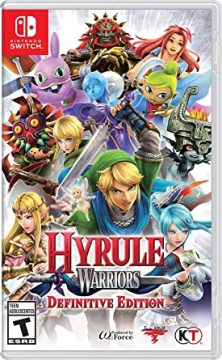
Hyrule Warriors: Definitive Edition
Launched 2018 (Nintendo Switch)
So nice they released it thrice. Hyrule Warriors: Definitive Edition is exactly what it sounds like: the definitive take on Hyrule Warriors. This version of the game provided fans with all previous content from both the Wii U and Nintendo 3DS iterations of Hyrule Warriors. There are new costumes for Link and Zelda based on their appearances in Breath of the Wild. There’s also a sizeable performance boost thanks to Switch’s more powerful processor than either Wii U or 3DS. Overall, this was everything that fans loved about the first two games all combined into a single package and better than ever. That all said, if this game somehow gets ported a fourth time then it’s only fair that the hand in the toilet at the Stock Pot Inn (or as he’s better known, ???) gets a shot at being a playable character.
Launched 2019 (Nintendo Switch)
Cadence of Hyrule was a huge surprise to fans of both Crypt of the Necrodancer and The Legend of Zelda series. What was even more surprising was the fact that it was Nintendo that reached out to Brace Yourself Games, the developers of Crypt of the Necrodancer, to create a sequel set in the Legend of Zelda universe. Normally, Nintendo is very protective of its IP, but in this case, the company’s openness lead to a fantastic product. Cadence of Hyrule is an enjoyable rogue-lite where players are cast as either Link or Zelda on a randomized map of Hyrule with remixed versions of classic Zelda tunes. Moving to the beat of the music gives bonuses and heaps of satisfaction. The music is insanely catchy. Along with remixing old songs, Cadence of Hyrule introduces mechanics new to the Zelda series such as death becoming part of gameplay. If anyone is having treble (pun intended) with the game, grab a friend! Cadence of Hyrule can be played in couch co-op with one player as Link and the other as Zelda.
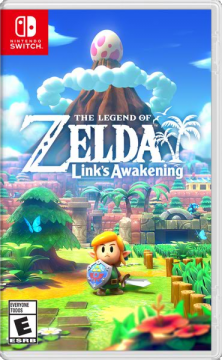
The Legend of Zelda: Link’s Awakening
Launched 2019 (Nintendo Switch)
After its announcement, the remake for The Legend of Zelda: Link’s Awakening received opposing reactions towards its visuals. On one hand, there were those who were attracted to the toy-like, macro-photography-esque visuals; on the other hand, there were those who were repelled by it. This may have been due to the contrast the graphics had to the 2D animated cinematic opening this remake features. No matter what visual style Link’s Awakening took on, it is still a classic top-down Zelda game with well crafted dungeons and puzzles and is an overall polished experience. The game’s change in art style may be related to the fact that it is the fourth release of the game. Link’s Awakening has previously been on Game Boy, Game Boy Color, on Virtual Console for 3DS, and now on Switch. So, whether fans like the new art or don’t, it was about time the game got a makeover.
—Achi Ikeda
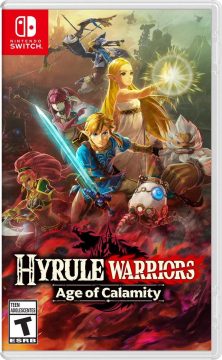
Hyrule Warriors: Age of Calamity
Launched 2020 (Nintendo Switch)
In a surprise move, Nintendo decided to task Koei Tecmo with producing a Breath of the Wild prequel in the form of another Warriors-style game. Hyrule Warriors: Age of Calamity is set 100 years prior to the events of Breath of the Wild. In the game, players are treated to the events that led up to Link’s century of sleep and the death of the Champions. While that might sound like Age of Calamity wouldn’t be able to bring anything new from a narrative standpoint given its role as a prequel, the game actually delivers a very thought provoking ending that has left many fans wondering exactly what the plot of Breath of the Wild 2 is going to be. Beyond its story, Age of Calamity provided more of the bombastic combat that the series is renowned for, all wrapped in the veneer of a new art style that does a spectacular job of recreating the look of Breath of the Wild.
The Legend of Zelda: Skyward Sword HD (Launching July 16, 2021 | Nintendo Switch)
The Legend of Zelda: Breath of the Wild Sequel (Launching TBA | Nintendo Switch)
When this retrospective was first published as part of the 30th anniversary of the series, we ended with the trio of Twilight Princess HD, The Legend of Zelda (Breath of the Wild‘s placeholder name), and Hyrule Warriors Legends on the horizon. Now, five years later, we face a future with only two known games in the works: The Legend of Zelda: Skyward Sword HD and the sequel to The Breath of the Wild. Unlike the previous milestone anniversary for Zelda, this 35th birthday has come and gone with minimal fanfare from Nintendo. We wouldn’t fret—given the delays that the COVID-19 pandemic caused for Mario’s own 35th anniversary shindig, it seems highly likely that it’s only a matter of time before word comes of Zelda’s impending celebrations. Whether that means new games, projects, or something else is anyone’s guess, but one thing is for certain: Zelda remains one of the most constantly endearing, inventive, and engaging video game franchises in the world. If the first 35 years have been this magical, one can’t help but wonder what the next 35 years have in store for everyone.
With that, dear readers, Nintendojo’s Zelda retrospective has come to an end. What are your thoughts on the past, present, and future of the Legend of Zelda? Share with us in the comments!
- The Legend of Zelda 35th Anniversary Retrospective (1986-2000)
- The Legend of Zelda 35th Anniversary Retrospective (2001-2004)
- The Legend of Zelda 35th Anniversary Retrospective (2004-2009)
- The Legend of Zelda 35th Anniversary Retrospective (2011-2013)
- The Legend of Zelda 35th Anniversary Retrospective (2014-2020)
The post The Legend of Zelda 35<sup>th</sup> Anniversary Retrospective (2014-2020) appeared first on Nintendojo.
